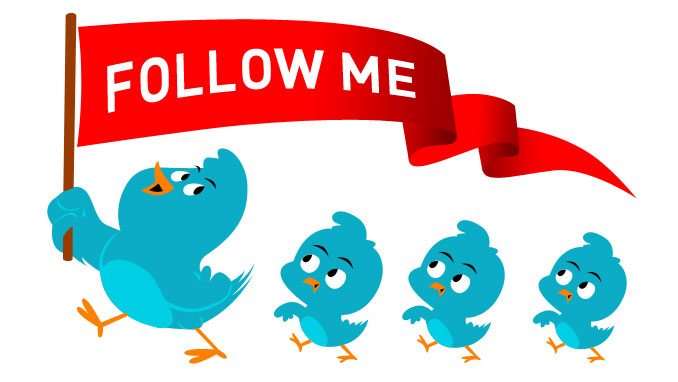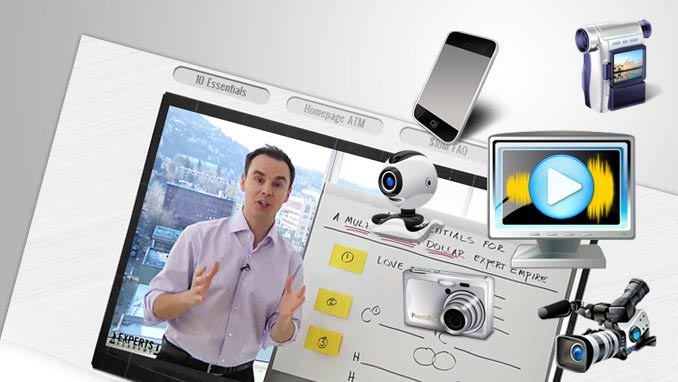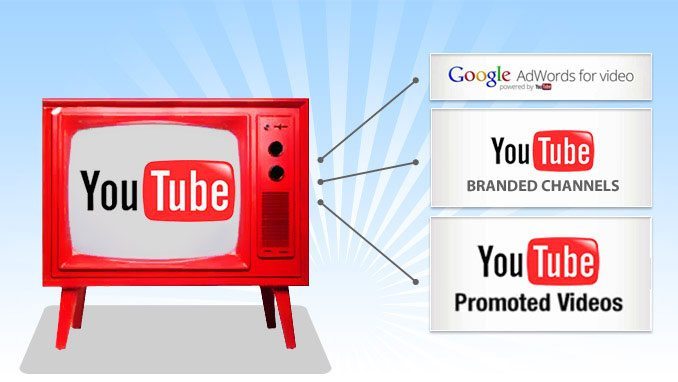


The common definitions of Twitter are mired in industry jargon such as “social networking” and “micro-blogging” so if you don’t understand those terms, we need to take a step back for a minute. Twitter is a platform that allows you to share, in real time, thoughts, information, links, and so forth with the Web at-large and to be able to communicate directly, privately or publicly, with other Twitter users. The main difference, however, is that each Twitter communication cannot exceed 140 total characters.
Most Twitter posts, known as tweets, can theoretically be viewed by anyone with an Internet connection at any time. No one needs to have a Twitter account to view someone else’s tweets. The public accessibility of Twitter makes it somewhat unique among social networking websites, where normally you can’t see people’s information without them first accepting your invitation.
User input is based on the simple question “What are you doing?” and encourages users to answer exactly that. But if you use Twitter only to broadcast your commonplace activities, you’re missing out on its real potential.
Conversations of many kinds and the ease with which Twitter facilitates them compose the hidden power of Twitter, particularly as a branding and business marketing tool. Twitter has given the public unprecedented direct access to companies, celebrities, and power figures in a way that hasn’t previously been seen. Conversely, Twitter enables unfettered and immediate direct access to the masses. For a brand, Twitter can rapidly reduce the timeline and costs of research, product launches, pilot tests, incentives and promotions, and number of other possibilities.
How Do You Use Twitter?
The most successful people and brands using Twitter are the ones who treat Twitter as an ongoing, open, and thought-provoking conversation rather than just a broadcast medium. These users are knowledgeable about their business, responsive to feedback, and respectful of the community.
The Twitter website itself is programmed using the Ruby on Rails web application framework, which is popular with developers due to its facility for rapid development and ease of maintenance. Twitter users who tweet from the Web at need only a basic web browser to use the service and access all of its features.
Tweeting from a mobile phone while on the go is a slightly more complicated process. Twitter provides a special web-based interface at http://m.Twitter.com. It is a pared down, faster-loading version of the original that works particularly well with browser-enabled mobile devices. If your device does not have a browser, mobile tweeting will require learning a few special keypad commands. It’s important to note that using Twitter while on the go is possible from any mobile device with SMS capability. Just remember this: although using Twitter is free, text messaging (receiving and sending) is not.
Following the Leader
Twitter’s unique subscription system allows you to follow (or unfollow) other users tweets, similar to subscribing to or unsubscribing from a blog or email list. Among the statistics that Twitter displays prominently on every user’s profile page are a followers count (the number of people following someone) as well as a following count (the number of people someone follows).
Twitter’s very public statistics promote something of a popularity-contest atmosphere within Twitter. People may pass instant judgments about the caliber of a user based on their followers/following counts, and not necessarily on the quality of their tweets. There are some who have gone so far as to propose that Twitter do away with these followers/following statistics for this very reason.
Almost unilaterally, however, Twitter users aim to avoid losing followers. The best way for users to retain followers is by maintaining an active, engaging tweet stream that remains relevant and beneficial to their audience.
The authentic side of the Twitterverse is an ecosystem that respects and rewards quality over quantity – both with tweets and tweeps – and reduces the signal-to-noise ratio when it comes to producing quality tweets. The objectives for brands utilizing Twitter should be the same: produce great content, be engaged with your community, seek out those with like-minded interests, and the followers will come. Ultimately, this kind of interaction attraction will help support your brand.
Twitter’s Rapid Growth
Despite the enthusiasm among early adopters when Twitter was first launched, most of the public struggled to understand its appeal. At first, many users wondered, “Do people really want to know every little thing I do?”
Part of the initial hurdle in attracting users to Twitter was that people were just tweeting about the mundane. In its first few months before today’s tools, applications, and enhancements arrived, it was hard to recognize Twitter’s real value. As Twitter began to catch on, however, clever users started to use Twitter to share links and news and to integrate Twitter feeds into their blogs via RSS. Twitter’s technology allowed developers to access its servers, and then they released new tools that made Twitter more manageable and interesting to more people.
As is common with unanticipated growth spurts in web technology, Twitter’s increased use led to problems. By midyear 2007, Twitter began experiencing server capacity problems related to its growing number of users, prompting the creation of the now infamous Fail Whale, which was both a humorous graphic and quick-to-catch-on description of the recurring circumstance.
Despite its technical problems, Twitter cultivated a bold and fiercely loyal user base, while developing its own sense of culture, etiquette, and even vocabulary. In 2008, Twitter attracted the media’s attention when some American presidential candidates began using it on the campaign trail, most notably Barack Obama. In the summer 2009, Twitter again influenced history during the aftermath of the Iranian elections, which resulted in national tumult, culminating with the Iranian government’s ousting of the traditional news media. During that time, the only breaking news came from tweets from the Iranian opposition.
By the start of 2009, Twitter’s popularity reached critical mass. Once thought of as a trivial fad, Twitter was now making headlines and becoming a household word. More brands began integrating Twitter into their social media strategies. Realizing its importance, entities from large corporations to small businesses were also racing to claim their Twitter handles, hoping to avoid the domain-squatting issues of the late 1990s.
Twitter has also become wildly popular in the mainstream media as more celebrities have joined the fray, reaching a pinnacle in April 2009 when Oprah (@oprah) signed up for Twitter live on her show with the already popular actor and producer Ashton Kutcher (@aplusk) in the role of guide, and drawing 76,000 followers to her account within less than 15 minutes of her first tweet! Popular tech blog TechCrunch estimated that Oprah’s show alone may have brought more than one million new users to Twitter.
Because Twitter is mobile, tweeps who are first on the scene of breaking news are able to get the word out quickly and efficiently. Smart phones not only let people tweet; they can also take and upload photos, enriching the value of a tweet. These days, news often breaks first on Social media, and the media follows suit. Not to be usurped, many media outlets now deliver their news feeds via Twitter, as well as directly engaging with readers.




